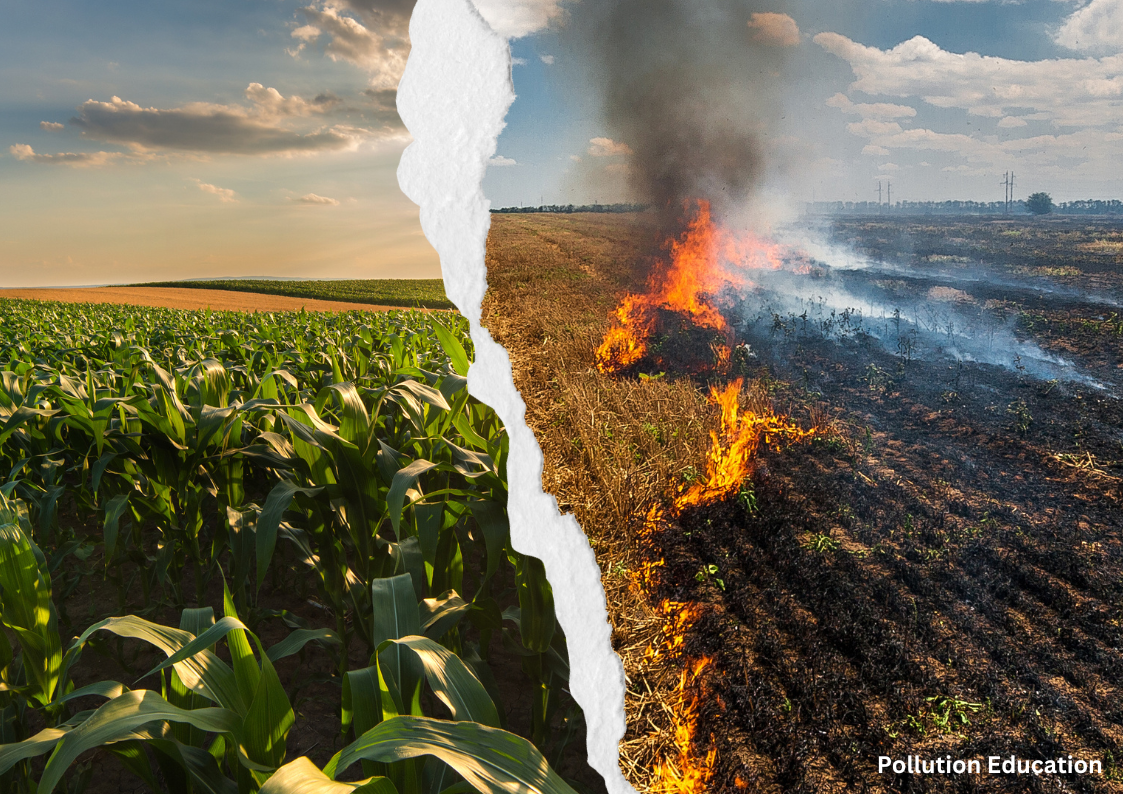The pollution crisis in agriculture is an escalating concern that poses a significant threat to our environment and food security. The conventional agricultural practices of the past century have led to widespread pollution, with chemical runoff, soil degradation, and biodiversity loss becoming all too common. However, regenerative agriculture is a beacon of hope on the horizon.
In this article, we will delve into the vital role that regenerative agriculture plays in addressing the pollution crisis within the agricultural sector.
Minimal Chemical Dependency
A primary contributor to the pollution crisis in agriculture is the overreliance on synthetic chemicals, such as pesticides and fertilizers. Conventional farming practices often inundate crops with these chemicals in pursuit of higher yields, which results in soil and water contamination. Regenerative agriculture, on the other hand, strives to minimize chemical inputs.
Regenerative farming reduces chemical dependency by utilizing natural methods like crop rotation, cover cropping, and organic matter enrichment. This not only prevents the pollution of soil and water but also ensures the long-term health of ecosystems by allowing them to function without the disruptions of chemical pollution.
Soil Health and Pollution Mitigation
The health of the soil is fundamental to addressing the pollution crisis in agriculture. Conventional farming techniques, such as extensive tilling and monoculture cropping, contribute to soil erosion, nutrient depletion, and organic matter loss. These issues hinder agricultural productivity and exacerbate pollution as eroded soil and its contaminants find their way into our waterways.
Regenerative agriculture focuses on rejuvenating soil health through reduced tillage, diversified crop rotations, and the incorporation of cover crops. Healthy soil supports thriving crops and acts as a powerful pollution mitigation mechanism. It does so by trapping and filtering pollutants, preventing them from infiltrating groundwater or being washed away into rivers and streams.
Reviving Biodiversity
Monoculture farming and the excessive use of synthetic chemicals have a catastrophic impact on biodiversity. Pesticides can harm essential pollinators and beneficial insects, while monoculture systems reduce habitat diversity, leaving ecosystems more susceptible to pests and diseases.
Regenerative agriculture champions biodiversity conservation by promoting a diverse and resilient agricultural ecosystem. By integrating natural habitats and cultivating a variety of crops, regenerative farmers encourage the presence of beneficial insects and wildlife. This biodiversity acts as a natural pest control mechanism, reducing the need for chemical pesticides and curbing pollution.
Water Quality Restoration and Conservation
Water pollution stemming from agricultural runoff is a pressing global issue. Rainwater washes excess nutrients, pesticides, and sediment from conventional farms into rivers and lakes, leading to water pollution and eutrophication, a state of excessive nutrient enrichment. This pollution harms aquatic ecosystems and jeopardizes drinking water quality.
Regenerative agriculture practices are designed to prevent runoff and enhance water quality by bolstering the soil’s water-holding capacity. Techniques like contour farming, agroforestry, and riparian buffer zones are employed to curtail soil and nutrient runoff into water bodies. Moreover, by reducing the reliance on synthetic fertilizers and pesticides, regenerative farming significantly reduces the risk of water pollution.
Climate Resilience and Pollution Reduction
The pollution crisis in agriculture is closely tied to the more significant climate crisis. Greenhouse gas emissions from sources such as industrial farming significantly contribute to climate change. This, in turn, poses severe threats to the environment and human well-being. Regenerative agriculture emerges as a solution to this problem by bolstering the adaptability of farming systems in the face of climate change.
Regenerative practices such as agroforestry and cover cropping enhance soil’s ability to retain moisture and withstand extreme weather conditions, such as floods and droughts. Simultaneously, by improving soil health and sequestering carbon, regenerative agriculture helps combat climate change by reducing greenhouse gas levels in the atmosphere, which, in turn, aids in decreasing air pollution.
